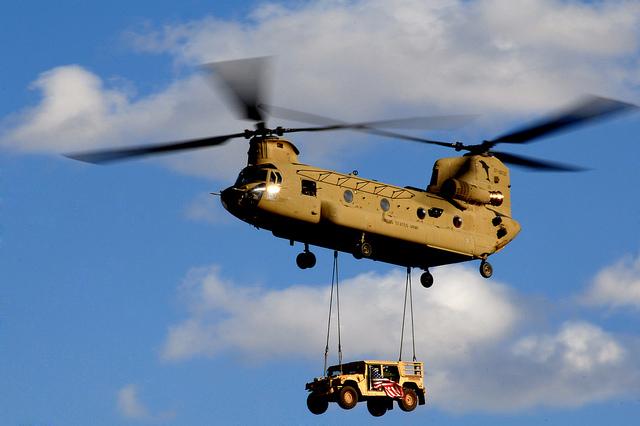Sea State
The US’ incoming chief of naval operations (CNO) Admiral John Richardson has been invited by his Chinese counterpart, Commander in Chief of the Chinese People’s Liberation Army Navy—Admiral Wu Shengli—to visit China to discuss US–China naval cooperation. Outgoing US Admiral Jon Greenert has pointed to China’s interest in the Rim of the Pacific naval exercise (RIMPAC), held every two years in Hawaii, claiming that Adm. Wu is ‘very interested in RIMPAC 2016 and making it work’. China took part in RIMPAC for the first time in the 2014.
On 27 August, Japan launched its second Izumo-class helicopter carrier, the largest warship built by Japan since World War II. The 24,000-tonne ship named Kaga can carry up to 14 helicopters and is designed for mine countermeasures or anti-submarine warfare. The new capability is aimed at countering China’s more powerful submarine force. In March, an officer from the Japan Maritime Self Defense Forces told Japanese media outlet Asahi Shimbun that the ship ‘heightens our ability to deal with Chinese submarines that have become more difficult to detect’.
Meanwhile in Australia, NUSHIP Adelaide, RAN’s second landing helicopter dock, has completed its final sea ship trials in Port Phillip Bay. The 27,800 tonne vessel has returned to BAE System’s Williamstown shipyard and will be delivered to the Navy in September.
Flight Path
On 27 August, the Pentagon announced plans to pit the F-35 Joint Strike Fighter against the Cold War era A-10 Warthog in a close air support capabilities test. Air Force Chief of Staff General Mark Welsh dismissed this plan as a ‘silly exercise’, claiming that the F-35 was never intended to directly replace the A-10. Similar concerns have been raised by the F-35 Joint Program Office who stated that the test would be misleading as the new jet is designed to work best at long range, rather than in dog fights. Regardless, the office of the Director of Operational Tests and Evaluations (DOT&E) indicated that these comparative tests are vital in order to identify capability gaps, and are expected to take place in late 2017 or 2018.
Turkey launched its first airstrikes as part of the US-led coalition against ISIS positions in Syria on Saturday. Turkish fighter aircraft have already undertaken sorties in northern Iraq and south-eastern Turkey earlier this month. However, those actions were executed unilaterally and received criticism for the overt targeting of Kurdish PKK separatists instead of ISIS militants. This new agreement is thought to be the result of international pressure, with US Defense Secretary Ash Carter having urged Turkey to take responsibility for securing their border with Syria and Iraq.
And finally, last Friday, DARPA announced its intentions to develop a swarm of drones that can be launched and recovered in the air from a C-130 transport plane. Referred to as ‘Gremlins’, these drones would serve as an intermediate platform between single-use missiles and prohibitively expensive fighter jets, while also extending the range of UAV operations.
Rapid Fire
The big news in land warfare this week is the US Department of Defense announcement that a successor to the Humvee has been decided on. Oshkosh Defense has been awarded a US$6.75 billion initial contract for 17,000 L-ATV vehicles to be delivered by 2022. The US military currently operates some 280,000 Humvees, which have been in production since 1985.
The Russian military may be recommissioning up to four Soviet-era armoured trains as part of its $40 billion military revitalisation project. The trains were most recently used for missions in the Caucasus between 2002 and 2009 and were partially dismantled. Jokes about Russian military modernisation including technology that peaked during World War II aside, the trains could be used to transport a far more modern asset: the T-14 Armata main battle tank.
A third surface-to-surface missile has been launched into Saudi Arabian territory by Yemen’s Ansar Allah militant group. Saudi Arabia and regional allies have been conducting strikes against Houthi groups in Yemen since March of this year. The OTR-21 ballistic missile reportedly appears to have been aimed at a naval base in Jizan province, on the south-west coast of Saudi Arabia.
